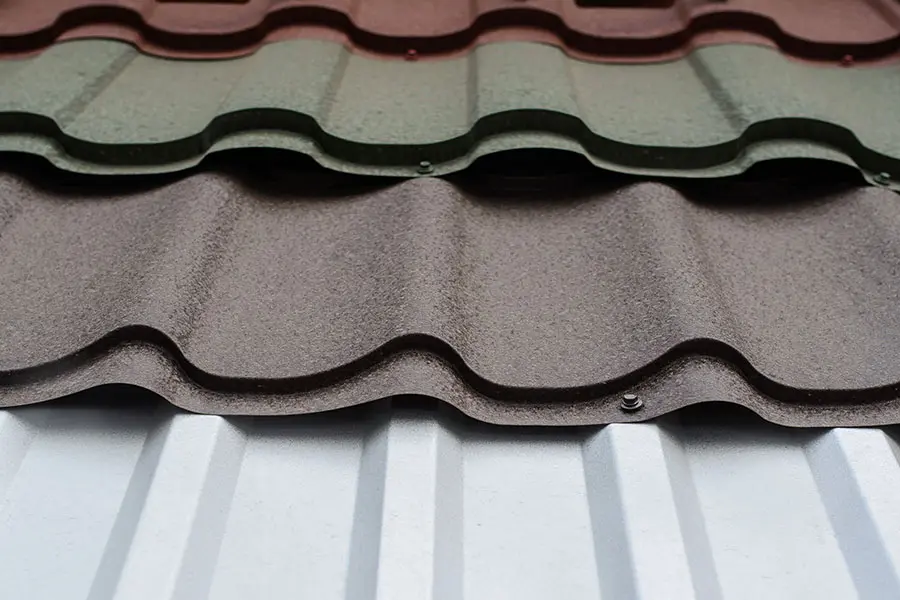The Advantages of Collaborating With Gainesville FL Roofing Companies
The Advantages of Collaborating With Gainesville FL Roofing Companies
Blog Article
Finest Practices for Ensuring Proper Roofing Air Flow
A balanced consumption and exhaust vent proportion, commonly 1:300, plays a pivotal role, with consumption vents preferably positioned at the lower side of the roof covering for cool air entrance and exhaust vents at the height for cozy air leave. Keeping insulation away from vents is crucial to stop airflow restriction.
Understand Ventilation Basics
Effectively comprehending ventilation basics is necessary for guaranteeing the durability and performance of roof. Reliable air flow minimizes moisture build-up and temperature extremes in the attic, both of which can cause significant architectural damage in time. A well-ventilated roofing system helps in protecting against common issues such as mold development, timber rot, and ice dams, which can endanger the stability of the roof covering materials and the underlying frameworks.
The primary objective of ventilation is to assist in the activity of air, allowing for a regular exchange between the exterior and indoor environments. This equilibrium is achieved with a mix of intake and exhaust vents that interact to maintain optimal airflow. Intake vents, generally located along the eaves or soffits, permit fresh air to go into the attic room area, while exhaust vents, usually positioned at or near the roofing ridge, enable warm, damp air to get away.
Key variables affecting the effectiveness of roof covering air flow consist of appropriate placement, sufficient sizing, and making certain that both intake and exhaust vents are unobstructed. Normal examination and upkeep are vital to recognize possible obstructions, damage, or ineffectiveness in the ventilation system, thus guarding the roofing's performance and durability.
Sorts Of Roofing Vents
Roof covering vents play a crucial role in maintaining efficient attic ventilation and, by extension, the overall health of the roof covering system. Different kinds of roofing system vents are available, each with distinct advantages tailored to particular roofing needs.

Soffit vents are set up under the eaves and operate in tandem with roofing system vents to make certain a well balanced intake and exhaust system. By permitting cooler air to go into from below, soffit vents facilitate the expulsion of warm air through top vents. Gable vents, located on the outside walls of the attic room, deal one more effective solution, particularly in homes with gable roof coverings.
Assess Your Current Ventilation
Next, take into consideration the age and condition of your roof materials and air flow parts. Older systems might not abide by existing building regulations or may have degraded with time, reducing their efficiency. Conduct a detailed evaluation to recognize any kind of indicators of wear and tear, such as rust, damages, or voids that might compromise the system's efficiency.
Additionally, gauge the attic temperature level and moisture degrees. High temperature levels and moisture can show poor ventilation.
Setup Best Practices
Reliable installation of roof ventilation systems is extremely important for making certain ideal performance and longevity. Proper setup begins with comprehending the particular ventilation requirements of the structure and the roofing it covers. This includes calculating the right proportion of intake to wear down vents, normally adhering to the 1:300 regulation, which states one square foot of ventilation for each 300 square feet of attic room floor area.

The placement of vents is similarly critical. Intake vents should be mounted at the roof's lower edge, frequently in the soffits, to permit cool air to enter. Exhaust vents, on the other hand, ought to be set up near or at the roofing's height to promote the departure of cozy, damp air. This creates an all-natural air flow that aids preserve temperature and wetness balance within the attic room room.
Seal all vent links meticulously to stop air leaks and potential water seepage. Use top view publisher site notch products and adhere to supplier standards to guarantee toughness and performance. Furthermore, integrating ridge vents with baffles can significantly enhance air flow performance by avoiding wind-driven rainfall and snow from entering the attic room.
Ultimately, accurate installment of roof air flow systems minimizes prospective problems such as mold development, ice dams, and architectural damage, ensuring the roofing's stability and the building's general health.
Routine Upkeep Tips
Uniformity in maintenance techniques is essential to ensuring the long-term efficiency of roof covering air flow systems. During these evaluations, make sure that vents are cost-free of debris, nests, and other obstructions that might hamper air flow.
Cleaning the vents is another crucial task. Utilize a soft brush or a vacuum cleaner to remove dirt and debris from consumption and exhaust vents. Be careful not to damage the vent screens or louvers during the process. Furthermore, examine the attic space for any type of indicators of water damages, which could compromise the integrity of the roof.
Correct insulation is just as vital. Make certain that attic insulation does not obstruct the vents, as this can seriously limit air flow. Rearrange or change it to preserve a reliable barrier. if any type of insulation has actually changed or cleared up.
Finally, replace any damaged or missing out on elements without delay. Busted vents, split shingles, or shabby flashing can all contribute to insufficient ventilation and needs to be attended to immediately. Regular upkeep guarantees that the roof air flow system works efficiently, therefore prolonging the life expectancy of the roofing itself.
Conclusion
Ensuring proper roof covering ventilation is extremely important for preserving the effectiveness and durability of a roof covering system. Adherence to the 1:300 intake and exhaust vent proportion, paired with the strategic placement of vents, is necessary. Routine biannual examinations, particles cleansing, and ensuring insulation does not obstruct air flow are essential techniques. read what he said Applying these best practices will certainly cultivate a well-ventilated roof, thus mitigating prospective issues connected to moisture build-up and extreme warm, inevitably lengthening the roof covering's life-span.
A well balanced consumption and exhaust air vent proportion, typically 1:300, plays a critical role, with consumption vents preferably positioned at the lower side of the roofing for trendy air access and exhaust vents at the height for cozy air departure. Consumption vents, generally located along the eaves or soffits, enable fresh air to go into the attic room room, while exhaust vents, commonly situated at or near the roofing ridge, allow warm, damp air anonymous to escape.
Soffit vents are installed under the eaves and job in tandem with roof covering vents to ensure a balanced intake and exhaust system. By enabling cooler air to get in from below, soffit vents assist in the expulsion of hot air with upper vents. Adherence to the 1:300 intake and exhaust air vent proportion, coupled with the tactical positioning of vents, is vital.
Report this page